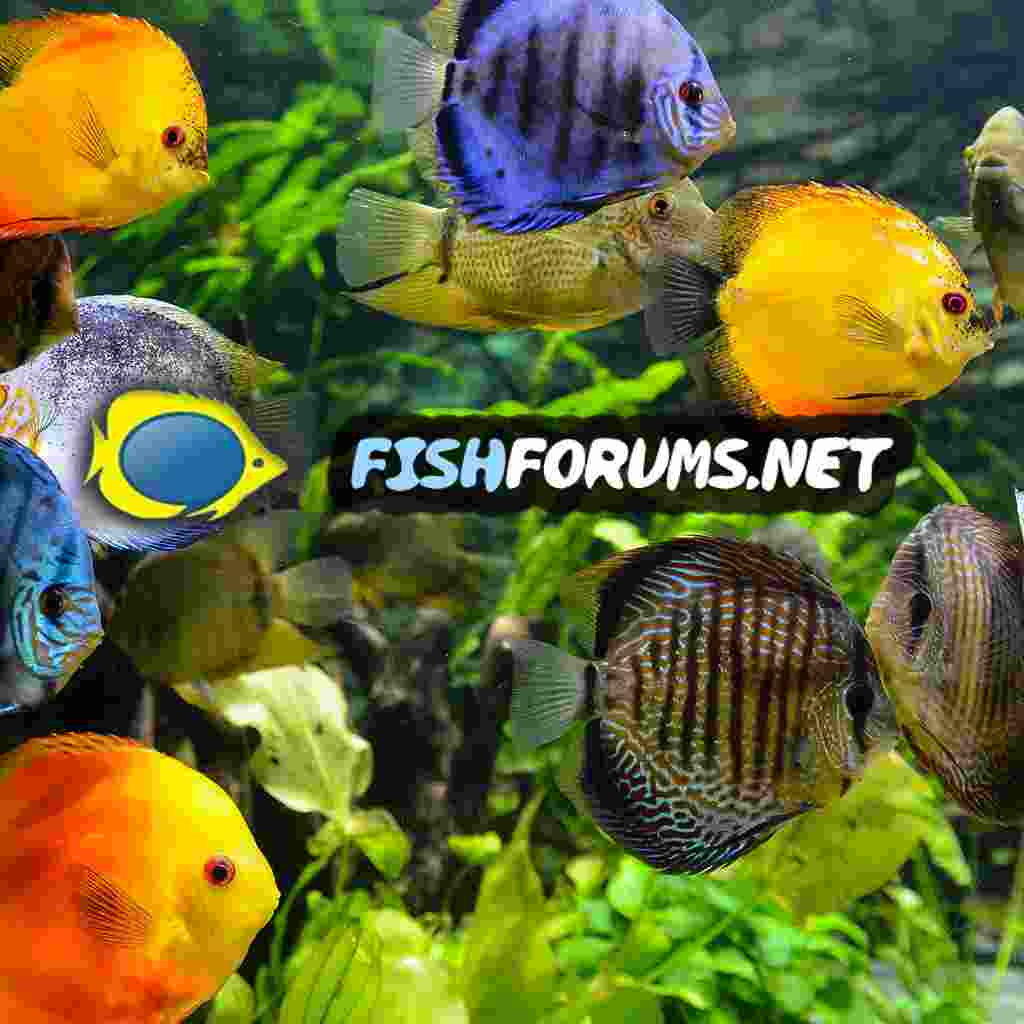Hi all
Hoping for some help with my Vieja.
For a week or 2 now he seems to be having an intermittent issue where he will be swimming head down towards the sand, he sometimes even ends up going completely upside down also.
It’s very strange as he seems to right himself again after a couple of hours, I wonder if he looks bloated also. All this aside, he has looked to be fine for the last week as I have been treating him in a separate tank to my main.
I was thinking swim bladder and I have been treating him with Myxazin in a hospital tank. I have also been treating him with Acriflavin incase he has any internal parasites. But just as I think he might be better he has started to swim head down again.
Really not sure where to go to try and fix him. Has anyone got any advice or had a similar problem before?
Any help greatly appreciated.
Just also FYI, my water parameters are all good in both my main tank and my hospital.
Hoping for some help with my Vieja.
For a week or 2 now he seems to be having an intermittent issue where he will be swimming head down towards the sand, he sometimes even ends up going completely upside down also.
It’s very strange as he seems to right himself again after a couple of hours, I wonder if he looks bloated also. All this aside, he has looked to be fine for the last week as I have been treating him in a separate tank to my main.
I was thinking swim bladder and I have been treating him with Myxazin in a hospital tank. I have also been treating him with Acriflavin incase he has any internal parasites. But just as I think he might be better he has started to swim head down again.
Really not sure where to go to try and fix him. Has anyone got any advice or had a similar problem before?
Any help greatly appreciated.
Just also FYI, my water parameters are all good in both my main tank and my hospital.



